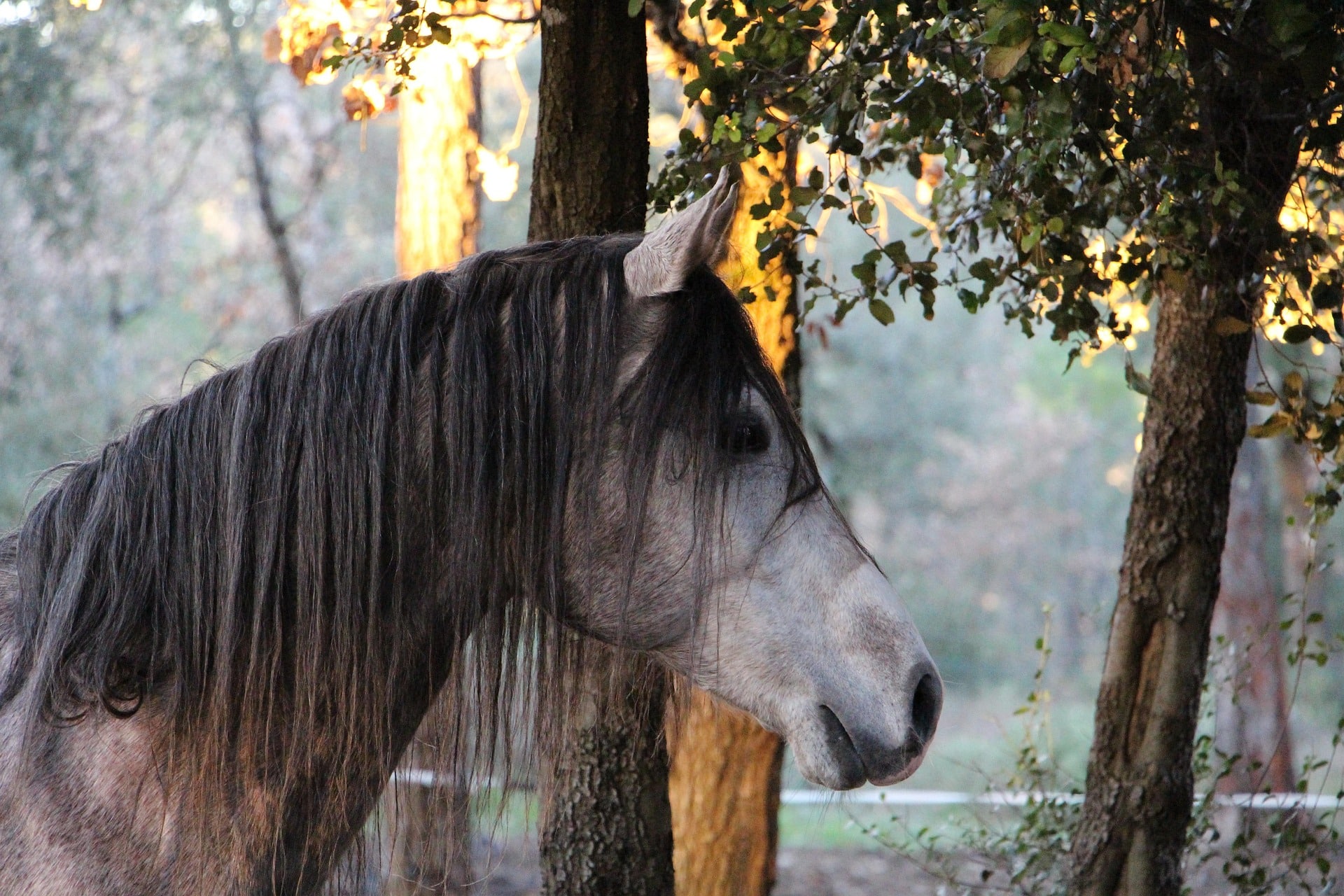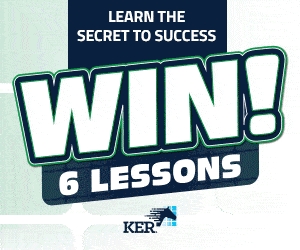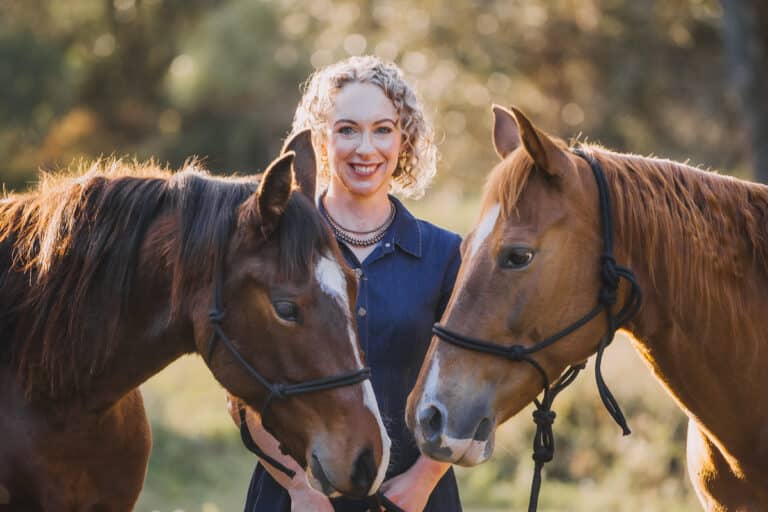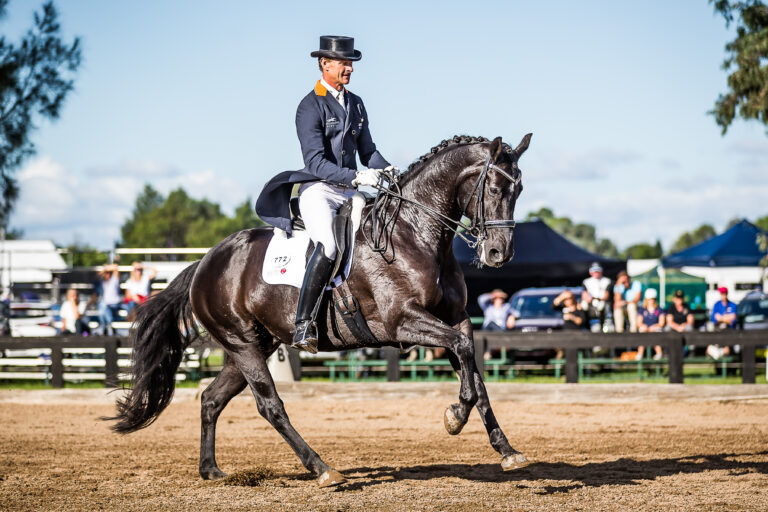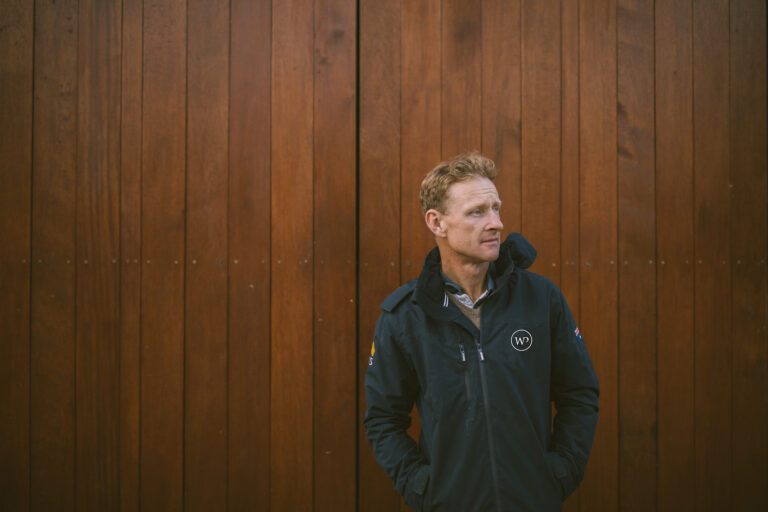CATCH UP ON PART I AND PART II.
We owe it to our horses to train them the best we can. That way, if they turn out unsuited for the job we want, they are more likely to do a good job for someone else. To train a horse well, we need to understand how he learns and how the stress response affects him.
The horse evolved in the open plains of America over 55 million years. The Equus genus, the family of the modern horse, dates back 3.5 million years. As horses evolved they developed longer legs to be able to escape from predators, and they evolved a highly sensitive stress response. Flight is a horse’s main defence. A horse facing a stressful situation will want to run away. This is a very strong urge, mediated, as we know from previous articles, by deep primitive structures in the brain such as the amygdala. The brain’s danger detector, the amygdala, triggers this stress response. The hypothalamus in the brain stimulates the sympathetic nervous system, which interacts with the adrenal glands – which secrete adrenaline – and other hormone-producing glands. This primes the body to react, increases heart rate, respiratory function and influences muscle tone etc. This prepares the frightened horse for flight. Of course, some horses frighten more easily, depending on temperament, while some are bolder. Some happily approach something unfamiliar; these are confident individuals with high curiosity. I like these horses and find them easier to train.
KEEPING HIM CALM
A relaxed horse will graze with his head down. He can’t see a lot down there, nor can he turn his ears towards danger. A frightened horse will put his head up – all the better to see and hear danger. The corollary of this is that putting his head down will calm him down. So will making his legs still and so will eating. If you train these responses you can help keep your horse calmer when he starts to become stressed. We train young horse to follow the bit forward and down, to seek the contact. If this is really well-trained by many repetitions (automatic response) we can put the horse’s head down when riding and help prevent him becoming overwhelmed. We can put his head down in hand (on the lead). Simply put pressure on his head (pull down on the halter rope); perhaps use a vocal cue as well (tell him “down”). Reward him with release of pressure, praise, food or a scratch. This teaches him to keep his head down until you ask him to move. We can teach him to stand still using the same pressure release technique. In learning theory language, this is “operant conditioning”, a fundamental technique for training.
ONE TRIAL LEARNING
Horses have very rudimentary frontal lobes, the part of the brain that we humans have overdeveloped to give us our capacity for language and reasoning and narrative memory. We can calm ourselves with self-talk and logic, but a horse cannot reason with itself. However, a horse has an excellent capacity to remember situations that were frightening. For example, if a frightened horse manages to run away from a fear-inducing stimulus, the horse will learn that very well with only one trial. An adrenalised, fearful horse who bucks a rider off when he is first saddled will learn that bucking is an effective way to deal with a rider and is very likely to try it again. As a trainer, you must know this and ensure that wherever possible a frightened horse is not able to run from something it is afraid of. It will be very hard to extinguish this reaction if learned with fear. If you think a horse will be frightened by exposure at a show or something unfamiliar, be prepared. Wear gloves, put a bridle on, or use a chain under or over the nose to give yourself the best chance of preventing him from running away.
TRAINING AND GRADED EXPOSURE
A horse will learn best when it is calm. Trainers should avoid overstressing their horses. Do not frighten your horse; he will only want to run away and is less likely to learn what you want him to. Once stressed, it will take time for him to calm down, and you must allow for this when training. There are, however, times you may want to stress him a bit, and he needs to cope with it. For example, you want to know that if he is stressed by a new situation he will still react to the training aids you have instilled. You might make him a bit stressed with noise or activity at home and still insist he reacts to you. When training piaffe and passage, a little “positive tension” helps to get more expression (higher steps). These are movements horses will naturally do when stressed, so a little stress will make it more likely the horse will offer it. Then you can reward him and go on to establish and shape the response further. If you put him under pressure, you must take care that he understands what he is being asked and that he has time to calm down. Horses learn best with a little space to explore you.
Kel Jeffrey, the extraordinary Australian horse trainer who developed the Jeffrey Method, tried to avoid this adrenaline response by watching the horse carefully for cues that he was stressed. Kel would advance until there were signs of stress then withdraw to a point where the horse was comfortable, allow him to settle and then approach again. This is a lovely example of what in learning theory we call “graded exposure”. We gradually and progressively show the horse something unfamiliar until he accepts it with confidence.
Graded exposure is the recommended way to introduce most new things, including frightening things, to your horse. A Danish study in 2006 demonstrated this was more effective than habituation or counter conditioning. Habituation is teaching the horse to ignore pressure. For example, to get a horse to accept a saddle we put the saddle on and just wait until the horse learns to get used to, and ignore the pressure. Most often we want the horse to yield to pressure, whether it is rein, leg or other pressure. Counter conditioning is when we reward the horse for approaching a feared stimulus. A reward could include praise, food or removal of the stimulus. This has been called “stimulus training” by some.
It is important we train our horses well. Horses learn best if they are calm. They learn the wrong thing very easily if they are frightened and manage to run away. Gradually exposing a horse to something new and building up his confidence works best. It is releasing pressure when he does the right thing that actually teaches him what is correct.
